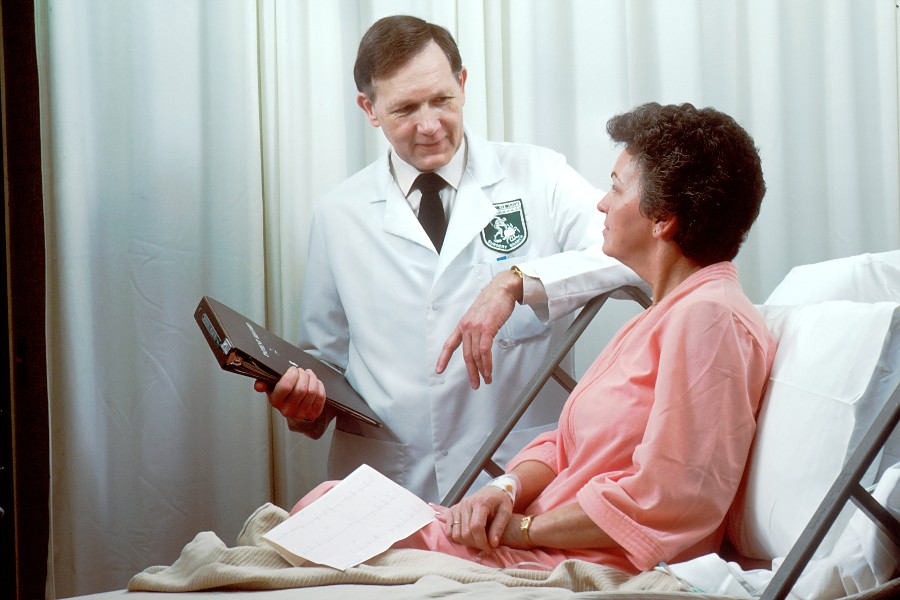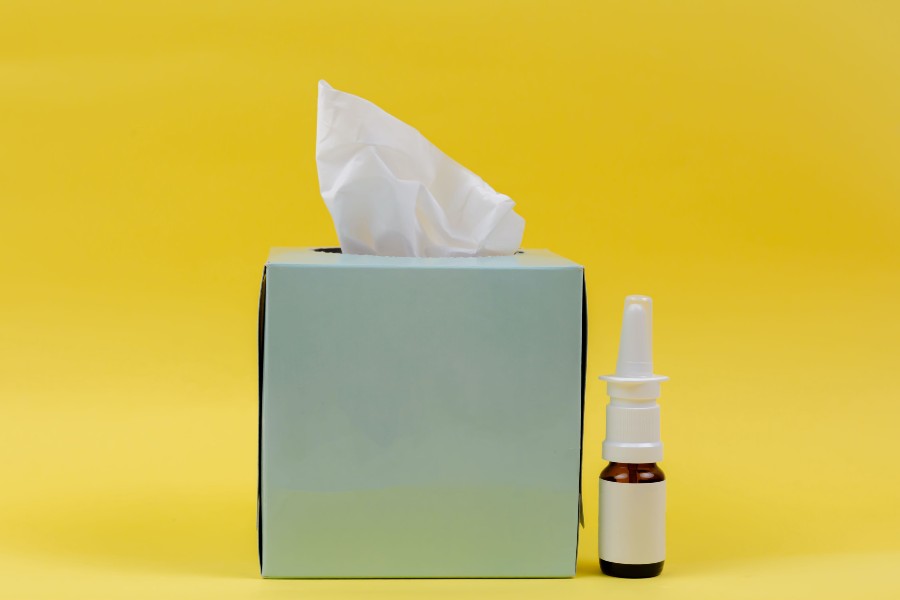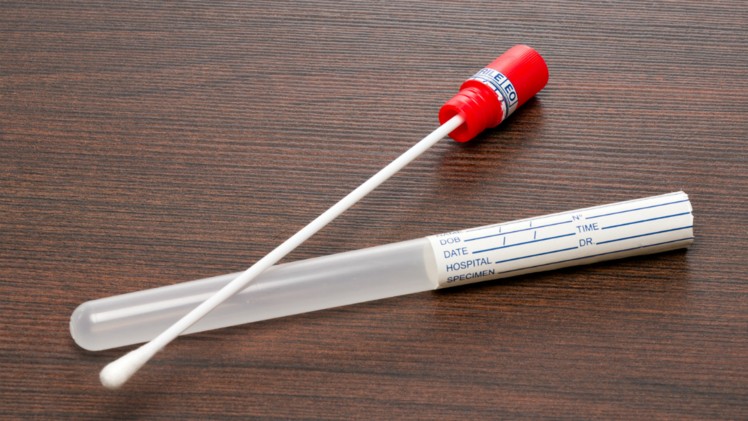Health
Nasal Polyps: Symptoms, Causes & Treatment
A developing polyp looks like a teardrop-like growth in the nose when examined by a doctor. Polyps are common teardrop-shaped growths that form around the opening of the sinus cavity. Polyps vary in size; they may be tan or pink and tear-shaped. Although experts have not yet determined the cause of nasal polyps, certain conditions, including asthma, hay fever, cystic fibrosis, and chronic sinus infections, can increase the risk of developing nasal polyps. While some people can develop polyps without prior nasal problems, there is usually a trigger that triggers the development of polyps. But studies have shown that affected people may have abnormal immune responses and several chemical markers on the mucous membranes (the lining of the sinuses and nasal cavity) compared to people without nasal polyps.
Sometimes polyps block the drainage channel of the sinus. People with nasal polyps can develop sinus infections if the polyps block the fluid flow from the sinuses. In addition, patients with inflammatory disease (not necessarily caused by allergies) in the nose and sinuses may have polyps that grow in the nose and sinuses. An otolaryngologist can usually diagnose nasal polyps based on symptoms and an examination of the nose (and possibly the paranasal sinuses). Polyps usually affect both nostrils and may gradually enlarge to block the nose. The lining of the sinuses is the same as the lining of the nose, so polyps can also form in the sinuses. When polyps occupy 50% or more of the nose, the air in the nasal cavity can become blocked from reaching the area where the olfactory nerve is located. Nasal polyps can become inflamed and swollen, partially blocking the nasal passages and sinuses. Nasal polyps can grow anywhere on the nasal mucosa or paranasal sinuses.
Nasal examination, usually by nasal endoscopy, confirms the diagnosis of nasal polyps and differentiates patients with CRS without nasal polyps from those with CRSvNP. Computed tomography (CT) scans can help doctors accurately determine the size and location of polyps in the deeper areas of the sinuses and assess the degree of swelling and irritation (inflammation). Usually, an examination called a nasal endoscopy is done using a small camera to take a closer look at the openings of the nose and sinuses. Other tests, such as sinus CT scans, biopsies, or allergy testing, may sometimes be needed to determine if you have allergies that may cause your nose to become inflamed.
As polyps get larger, they can eventually protrude into the nasal cavity, causing symptoms, including nasal congestion, sinusitis, loss of smell, thick nasal discharge, facial pressure, nasal sounds, and mouth breathing. As polyps grow, common symptoms include nasal congestion, difficulty breathing through the nose, decreased sense of smell, and a feeling of fullness or pressure in the face. Patients often notice that they keep thinking they have a cold.
Suppose medical treatment does not reduce or eliminate nasal polyps. In that case, endoscopic surgery may be needed to remove the polyps and correct sinus problems that make them prone to inflammation and polyps. Your doctor may perform endoscopic sinus surgery using a thin, flexible endoscope with a small camera and small instruments at the end for large polyps. After surgery, nasal sprays and saline can prevent polyps from returning. In general, using nasal sprays, allergy medications, and saline rinses to reduce inflammation in the nasal passages can help prevent the development of nasal polyps. However, nasal sprays, antihistamines, and allergy shots can help prevent polyps from blocking the airways.










